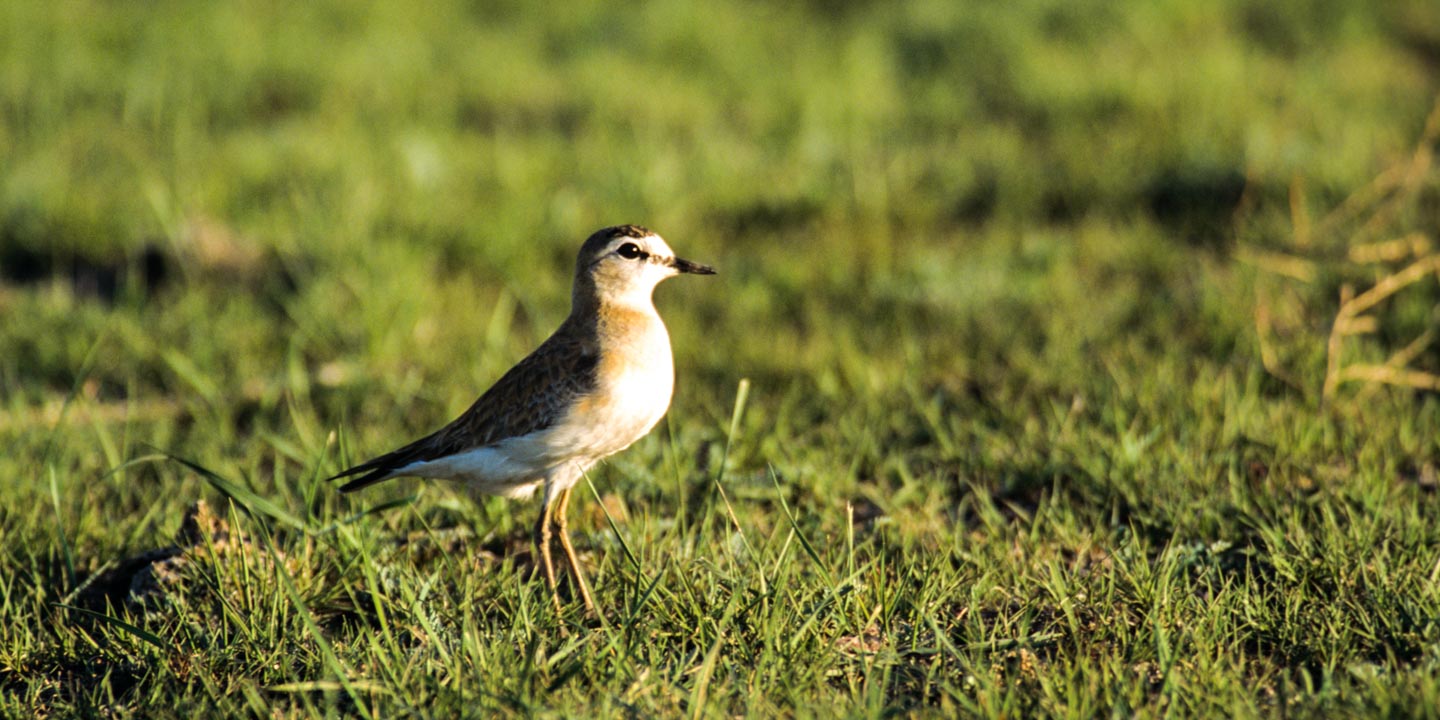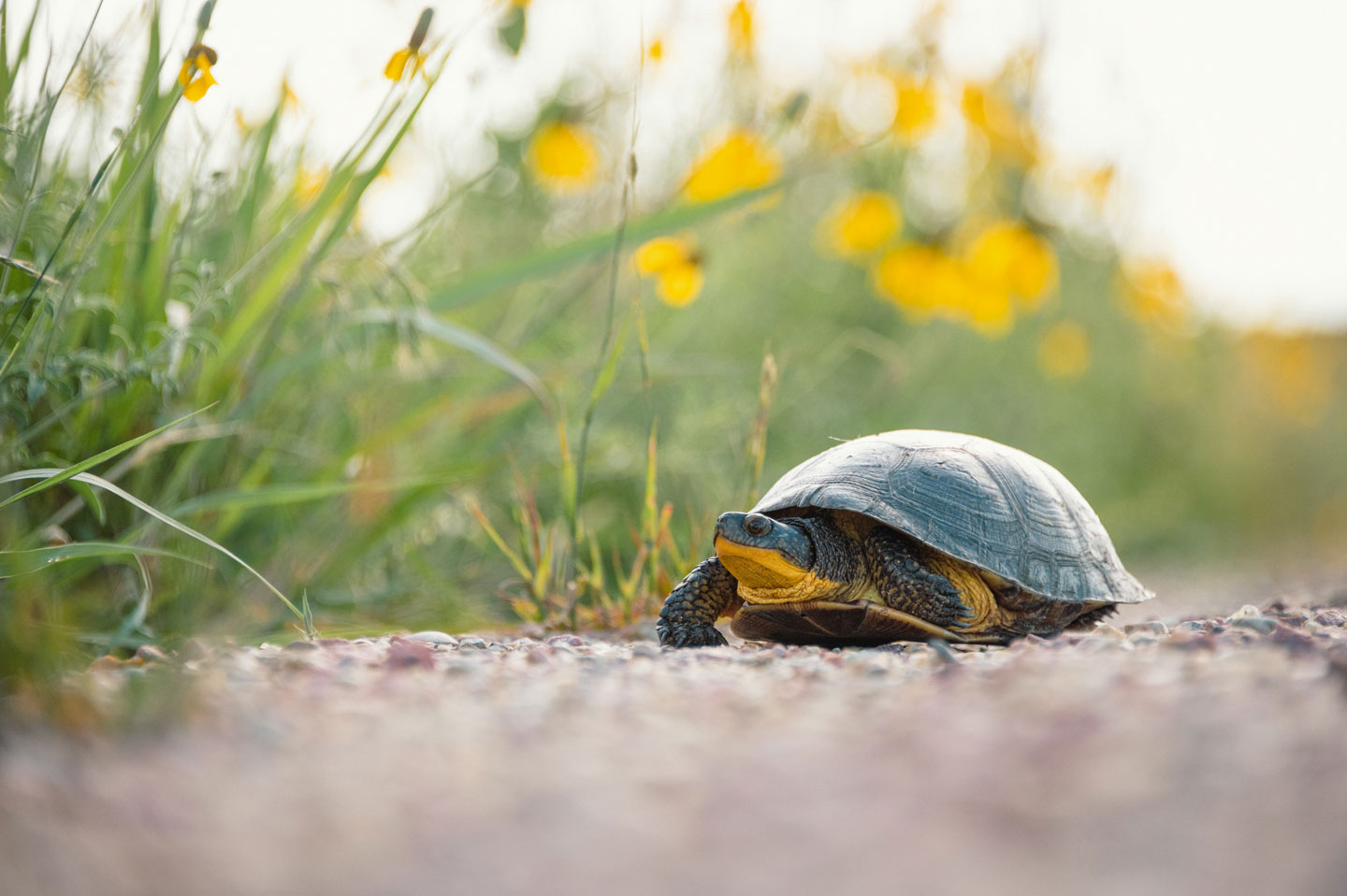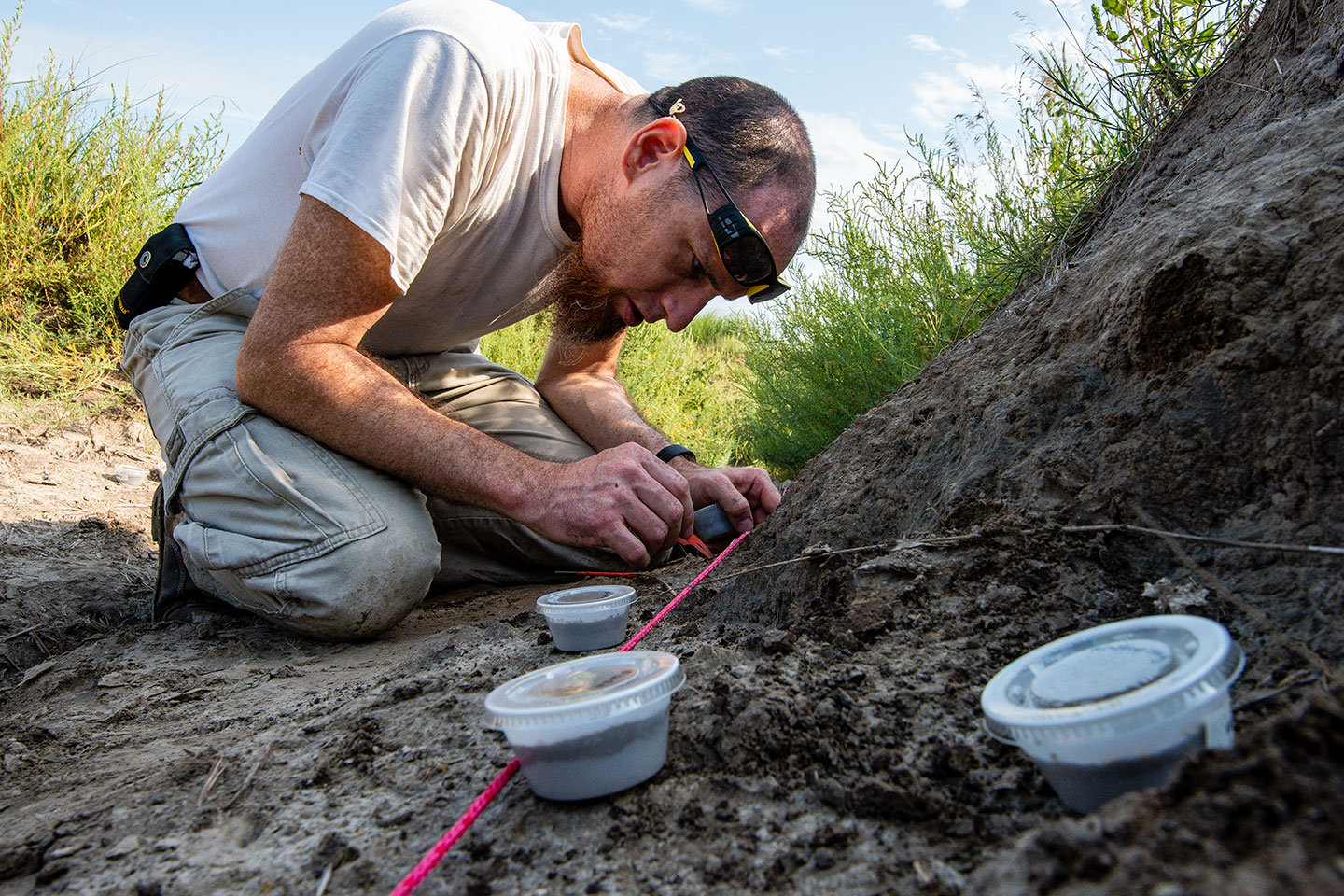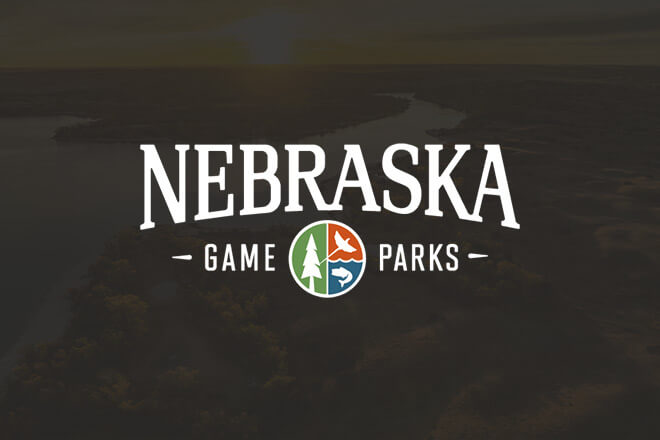Mountain plover
Status: Threatened

Unlike most shorebirds, this species (Charadrius montanus) spends most of its life avoiding the shoreline, and despite its name, it is not associated with mountains. The mountain plover is about 8 inches long, and is similar in size and appearance to a killdeer but has longer legs and a more upright posture. It has a light brown back, a dark brown cap on top of the head and a lighter colored breast. They do not have the dark breast band or collar which are common markings on other species of plovers.
Males and females are not easy to tell apart, but males generally have a somewhat “brighter” breeding plumage. Mountain plovers blend in extremely well in their preferred habitat, making them hard to see; a valuable adaptation for a bird that lives in open country and wants to avoid detection by predators.
Range
The historic breeding distribution of mountain plovers was the Western Great Plains. Mountain plovers prefer prairies disturbed by fire, and grazers (such as prairie dogs and bison) for nesting sites. Lack of fire, loss of bison, and conversion of land for agriculture has resulted in reduced nesting habitat.
Mountain plovers currently nest in Montana, Wyoming, and Colorado, with fewer plovers breeding in Arizona, Kansas, Nebraska, New Mexico, Oklahoma, and Utah.
In Nebraska, mountain plovers are restricted to Kimball, southwest Cheyenne and southwest Banner counties, where they nest primarily in cultivated millet and wheat fields. Mountain plovers undergo annual, relatively short-distance migrations, although detailed information on migration movements is still lacking.
In winter, many mountain plovers travel to California with smaller numbers observed in Arizona, Nevada, and Texas. Wintering mountain plovers also occur in northern and central Mexico.
Habitat
This native Nebraska shorebird prefers flat, dry, open areas, which can include agricultural landscapes and shortgrass prairies. Mountain plovers nest in four habitat types: 1) native short- and mixed-grass prairie, 2) semi-desert sites, 3) prairie dog colonies, and 4) agricultural land. One factor common to all breeding areas is that the land must include extensive bare ground. In many areas nesting mountain plovers are strongly associated with prairie dog colonies, where in fact there is a good percentage of bare ground.
Mountain plovers breeding in agricultural land use fallow or recently planted fields for nesting and brood rearing.
Reproduction
Mountain plovers leave their wintering grounds around mid-February and begin to arrive on breeding grounds in Nebraska during mid to late March.
Territorial males perform courtship displays to attract a mate, flying to a height of 15-30 feet, holding their wings up over their back in a deep V, and then floating back to the ground in what some call the “falling leaf display”.
The nest is a simple depression on the ground, and is often lined with dried grass. Adults often place the nest scrape next to a pile of dried manure. Usually three eggs are laid and incubated for about 29 days. Sometimes the female plover will lay the first clutch of eggs in one nest bowl then leave that nest to the care of the male. Then she will lay another clutch of eggs in a second nest, which she then tends.
Chicks can run and capture their own food soon after hatching. Two to five days after hatching the adult plovers may take the brood of chicks as far as half a mile to a mile away, and then remain in that area until the youngsters are able to fledge (fly). One of the biggest problems young chicks face is exposure to cold, wet weather.
Breeding birds will depart their summer habitats soon after a successful brood of chicks has been raised or they may depart after a failed nest attempt. Mountain plovers have been observed in Nebraska through late August into September before migrating to wintering areas.
Population status
Estimates of mountain plover population size range from 12,500 to 28,000 individuals across their current range. The U.S. Fish and Wildlife Service designated the mountain plover as a candidate species under the U.S. Endangered Species Act (ESA) and then subsequently proposed for listing as a threatened species. After a review of the literature and studies, it was determined that the status of federally threatened under ESA was not warranted.
In Nebraska, the mountain plover is classified as threatened. The Mountain Plover is listed as a threatened species in Mexico and an endangered species in Canada.
Management and outlook
At least 90% of mountain plovers in Nebraska nest on cultivated land (farms) and therefore eggs can be lost or damaged by farm equipment. Engaging private landowners in conservation on private land is crucial for conserving the mountain plover.
A partnership was formed between the Nebraska Game and Parks Commission and Rocky Mountain Bird Observatory called Nebraska Prairie Partners (NPP). NPP works with private landowners through voluntary partnerships to minimize nest loss by marking nests prior to cultivation activities.
Landowners avoid cultivating or planting over nests, thus protecting fragile eggs and young. The Nest Conservation Project is a model of conservation agencies and organizations working hand-in-hand with private landowners to address this concern.
Conservation help
Nebraska Prairie Partners began research of mountain plover ecology. Monitoring efforts include estimating arrival dates and departure dates of migrants, nesting chronology and time intervals of peak nesting activity, and general distribution of breeding mountain plovers in the southwest Panhandle.
Additionally, each year NPP educates approximately 5,000 students about healthy habitats for people and shortgrass prairie wildlife, including mountain plovers, through programs like Panhandle Extravaganza about Prairies, Bird Banding Stations and other educational programming.
Private landowners in the southwest Panhandle can help conservation efforts by looking for mountain plover nests and working to ensure the nests are not damaged by farm equipment.
Individuals can help by donating to conservation organizations that work to protect the mountain plover and conserve mountain plover habitat.
References
Knopf, Fritz L. and M. B. Wunder. 2006. Mountain Plover (Charadrius montanus), The Birds of North America Online (A. Poole, Ed.). Ithaca: Cornell Lab of Ornithology.
Andres, B. A., and K. L. Stone. 2009. Conservation Plan for the Mountain Plover (Charadrius montanus), Version 1.0. Manomet Center for Conservation Sciences, Manomet, Massachusetts.
Dinsmore, S.J. 2003. Mountain Plover (Charadrius montanus): a technical conservation assessment. USDA Forest Service, Rocky Mountain Region.
Bly, B.L., L. Snyder, and T. VerCauteren. 2008. Migration chronology, nesting ecology, and breeding distribution of Mountain Plover (Charadrius montanus) in Nebraska. Nebraska Bird Review 76: 120–128
This pamphlet is one of a series of pamphlets about Nebraska’s rare species. To learn more about Nebraska’s rare species, please visit rarespecies.nebraska.gov.
Copyright 2013. Published by the Nebraska Game and Parks Commission with funds from the Nebraska Environmental Trust.
NOTE: New data of the occurrence and distribution of this species are being collected constantly and some of the information in the pamphlet may be outdated. The information in this pamphlet should be used for a general understanding of the species and not as the sole source of range location for any report, project, regional or local planning, or for environmental impact assessments. For current information on this species, please contact the Nebraska Game & Parks Commission, Wildlife Division.




